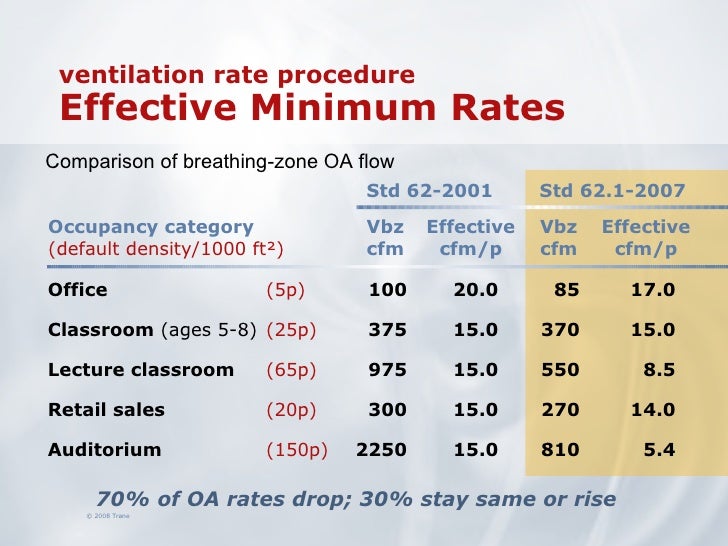Ashrae Standard 70 2006 Pdf To Word

More information 'The Smoking-Material Fire Problem' report (PDF) Fact sheets 'Smoking-Material Fire Problem' fact sheet (PDF). The purpose of ventilation is to dilute or remove indoor contaminants that an occupant could be exposed to. It can be provided by mechanical or natural means. ASHRAE Standards including standards 62, 119, and 136 have all considered the contribution of infiltration in various ways, using methods and data from 20 years.
Snow is ice that grows from water vapor in Earth's, which is why it usually displays crystal shapes. Ice is into a state. Depending on the presence of such as particles of soil or bubbles of air, it can appear transparent or a more or less bluish-white color. In the, ice is abundant and occurs naturally from as close to the Sun as to as far away as the objects.
Pyar Ki Ek Kahani Serial Video Download. Beyond the Solar System, it occurs as. It is abundant on 's surface – particularly and above the – and, as a common form of and, plays a key role in Earth's and.
It falls as snowflakes and hail or occurs as frost, icicles. Ice can exhibit seventeen or more different () that depend on temperature and pressure. When water is cooled rapidly (quenching), up to three different types of can form depending on the history of its pressure and temperature.
When cooled slowly correlated proton tunneling occurs below 20 K giving rise to. Virtually all the ice on Earth's surface and in its atmosphere is of a denoted as (spoken as 'ice one h') with minute traces of cubic ice denoted as. The most common to ice I h occurs when liquid water is cooled below 0 ( 273.15, 32 ). It may also be directly by, as happens in the formation of frost.
The transition from ice to water is melting and from ice directly to water vapor is. Ice is used in a variety of ways, including cooling, and. Download Lagu Saigon Kick Water Mp3.
Frozen waterfall in southeast New York Ice was originally thought to be slippery due to the pressure of an object coming into contact with the ice, melting a thin layer of the ice and allowing the object to glide across the surface. For example, the blade of an ice skate, upon exerting pressure on the ice, would melt a thin layer, providing lubrication between the ice and the blade. This explanation, called 'pressure melting', originated in the 19th century. It, however, did not account for skating on ice temperatures lower than −4.0 °C, which is often skated upon. Another, equally old, explanation is that ice is slippery because ice molecules at the interface cannot properly bond with the molecules of the mass of ice beneath (and thus are free to move like molecules of liquid water).
These molecules remain in a semi-liquid state, providing lubrication regardless of pressure against the ice exerted by any object. Airties Air 5450 Driver Download more. However, the significance of this hypothesis is disputed by experiments showing a high for ice using. In the 20th century, a further explanation, called 'friction heating', was proposed, whereby friction of the material is the cause of the ice layer melting. However, this theory does not sufficiently explain why ice is slippery when standing still even at below-zero temperatures. More recently, a comprehensive theory of ice friction, which takes into account all the above-mentioned friction mechanisms, has been presented. This model allows quantitative estimation of the friction coefficient of ice against various materials as a function of temperature and sliding speed. In typical conditions related to winter sports and tires of a vehicle on ice, melting of a thin ice layer due to the frictional heating is the primary reason for the slipperiness.